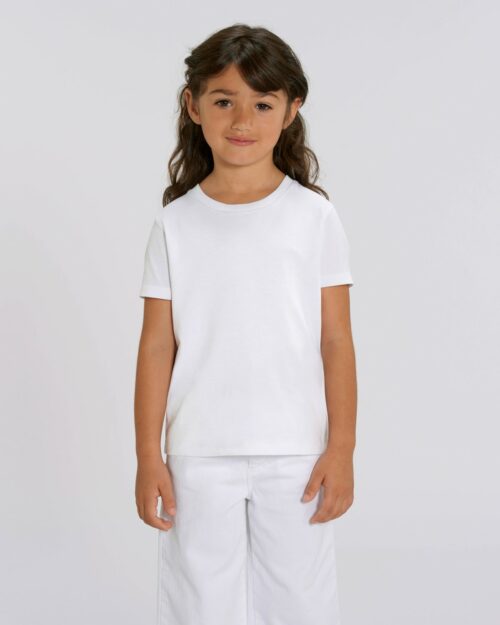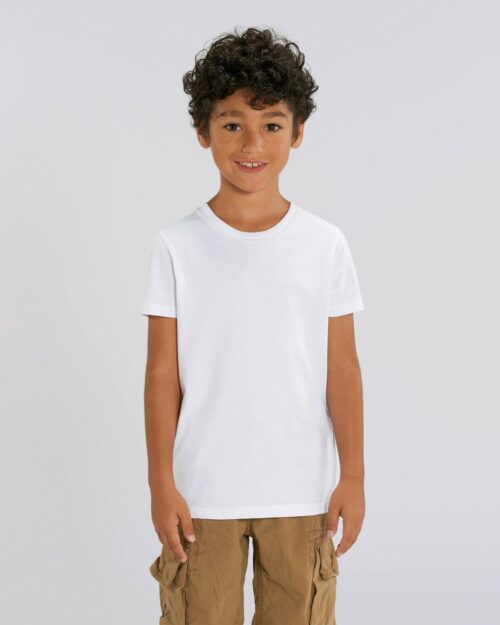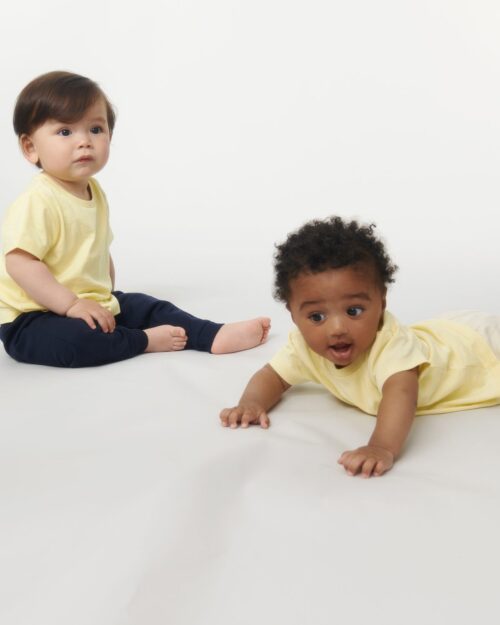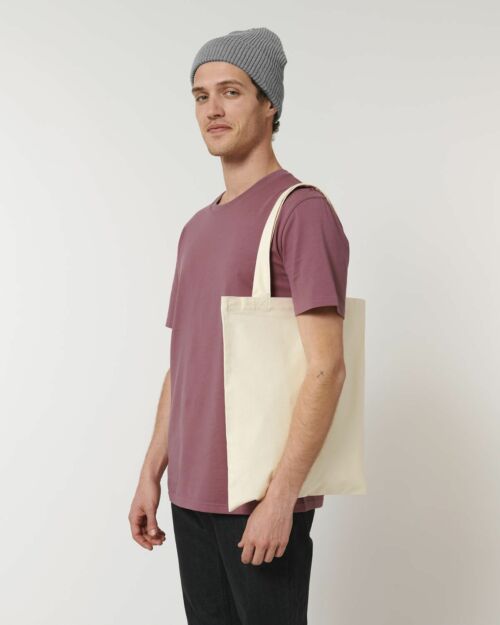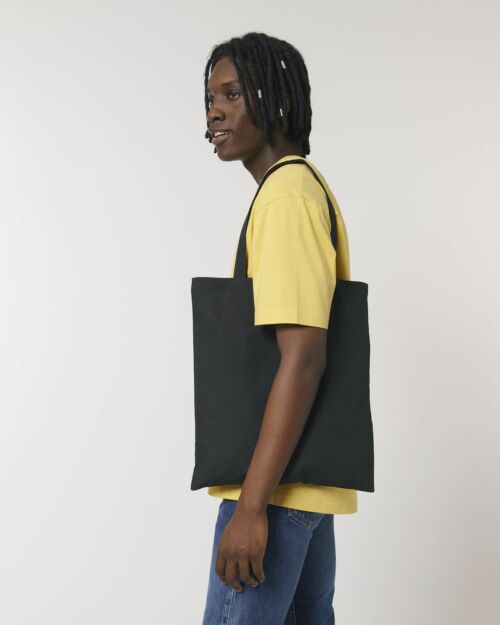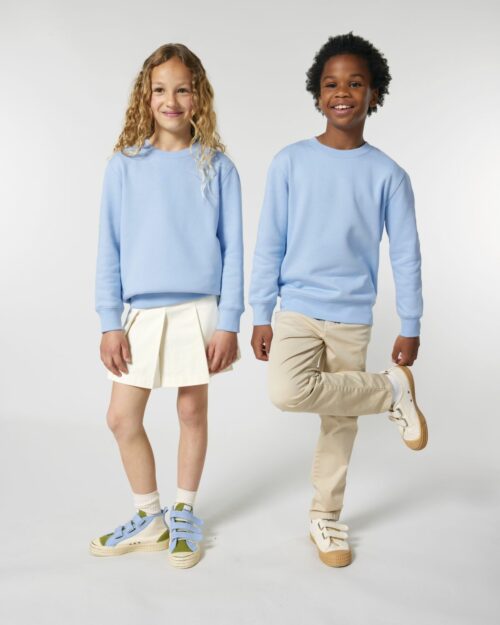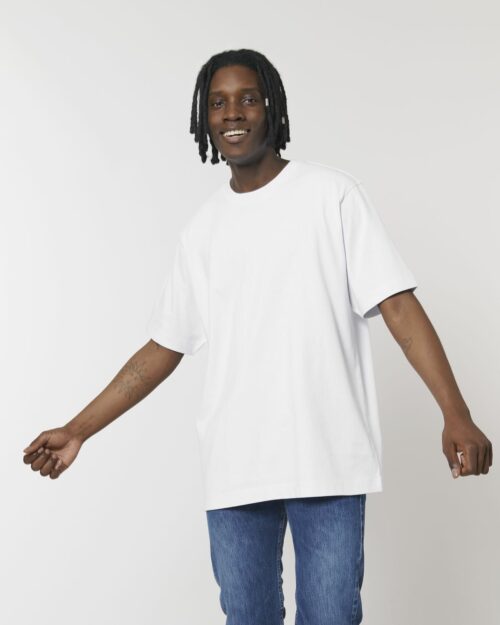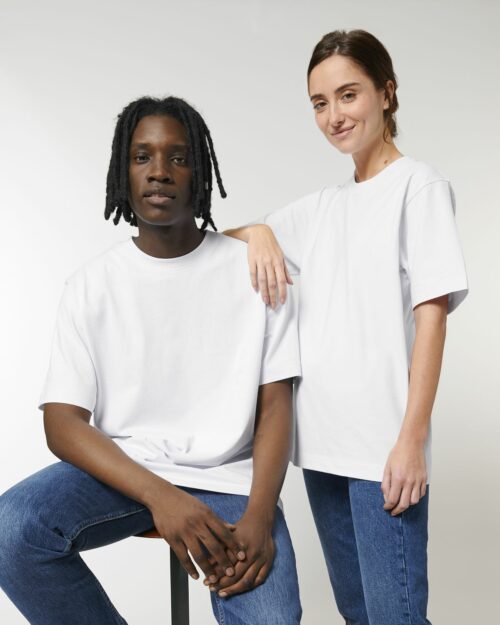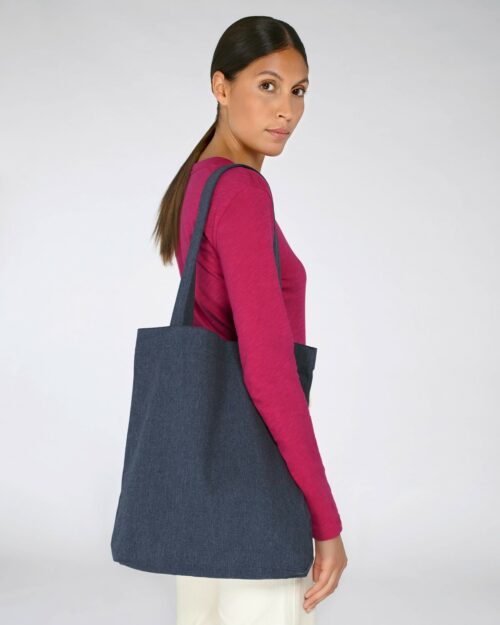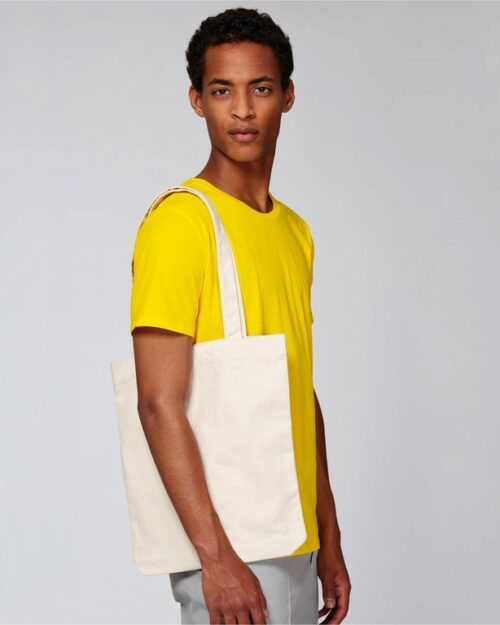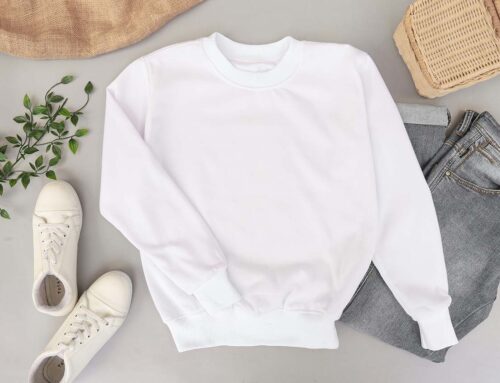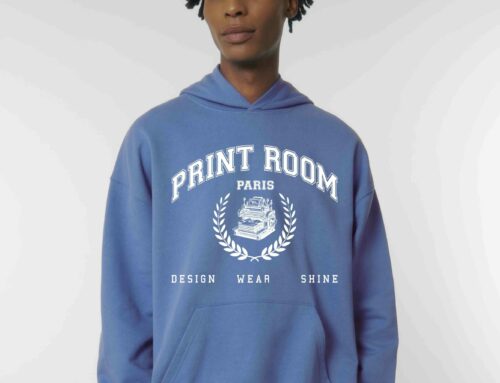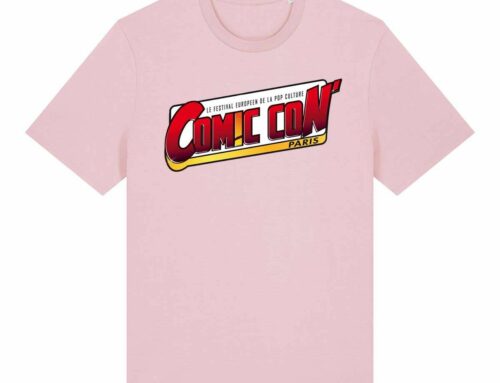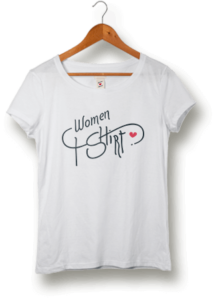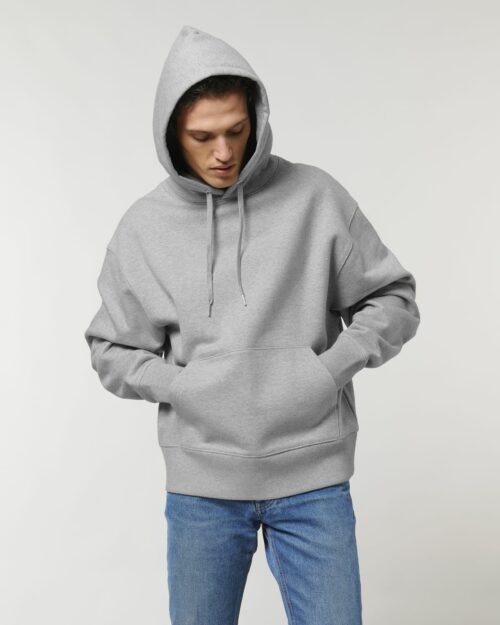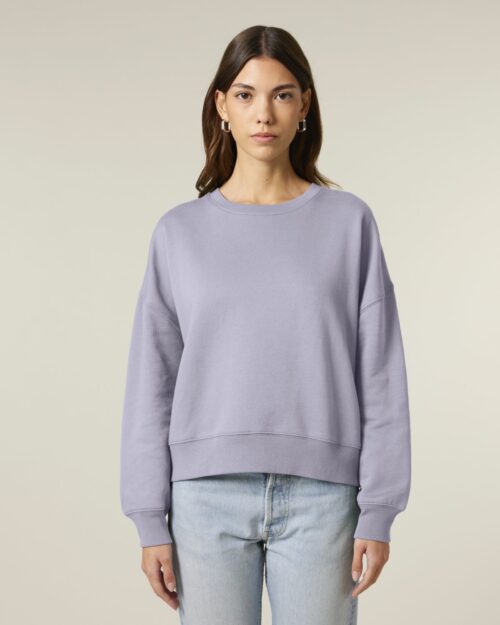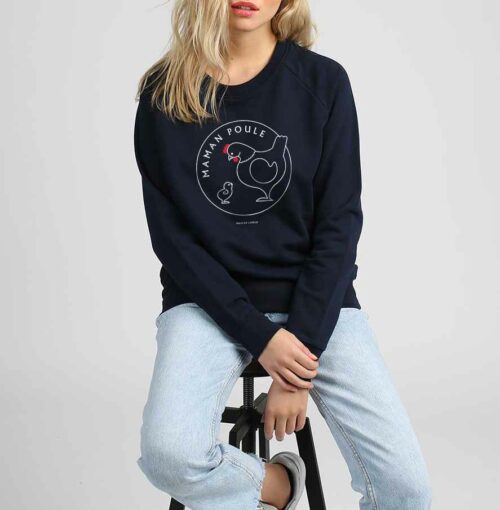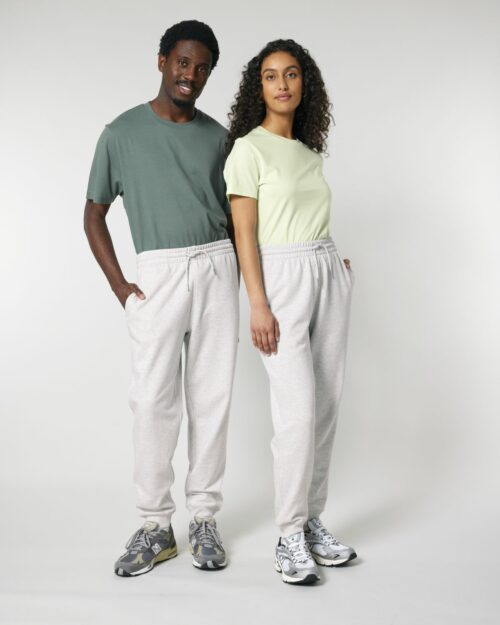Flex flocking
Iron-on patterns and designs on textiles
What is it?
This is an increasingly popular printing technique for personalizing garments and textiles. This method is characterized by the use of iron-on vinyl sheets, commonly known as "flex", to create patterns and designs on various textile substrates. This technology offers a multitude of advantages, but also presents a number of limitations.
How flex flocking works
The flex flocking process begins by cutting sheets of iron-on vinyl using a cutting machine. These sheets are cut to specific shapes, such as letters, numbers, logos or personalized motifs. Once the shapes have been cut, they are carefully positioned on the target textile. Next, a heat press is used to apply heat and pressure to the flex, allowing the vinyl to bond permanently to the fabric.
Advantages of flex flocking
- Precision: This method allows patterns to be cut with great precision, making it an ideal option for detailed designs.
- Durability: Flex prints are renowned for their durability. They stand up well to repeated washing without losing their quality, guaranteeing long-lasting creations.
- Versatility: Flex can be used on a variety of textiles, including cotton, polyester, nylon and even leather. This makes it possible to personalize a wide range of textile products.
- Customization: Flex allows designs to be totally personalized. Colors, shapes and sizes can be adapted to suit individual preferences.
- Speed: The flex process is relatively fast, making it an option for small production runs or projects requiring rapid turnaround.
Limitations of flex flocking
- Color simplicity: It can be difficult to reproduce designs with complex colors or color gradations.
- Stiffness: In some cases, vinyl may be less flexible than the original fabric, making garments or articles less comfortable to wear.
Conclusion
Flex flocking is a precise and durable textile personalization technique that offers numerous advantages for creating personalized designs on a variety of textiles. Its precision, durability and versatility make it a preferred choice for many applications, from garment personalization to the creation of promotional items. However, it's important to bear in mind its limitations, particularly when it comes to color complexity. Overall, flex flocking remains an effective and creative textile personalization option.

